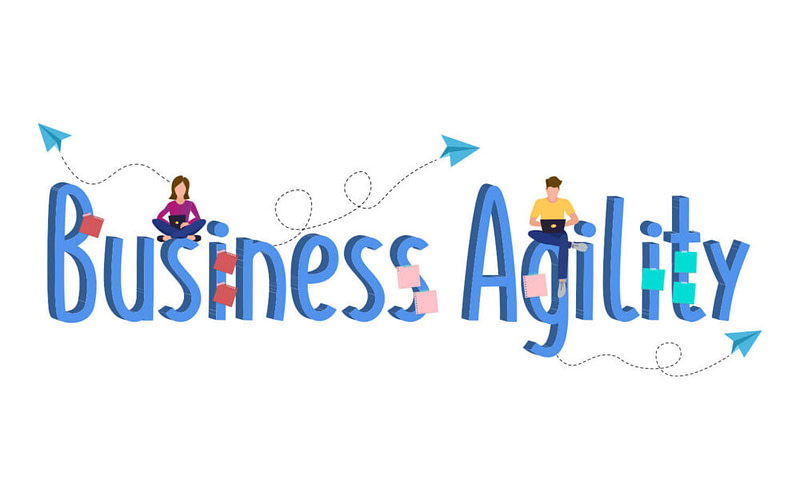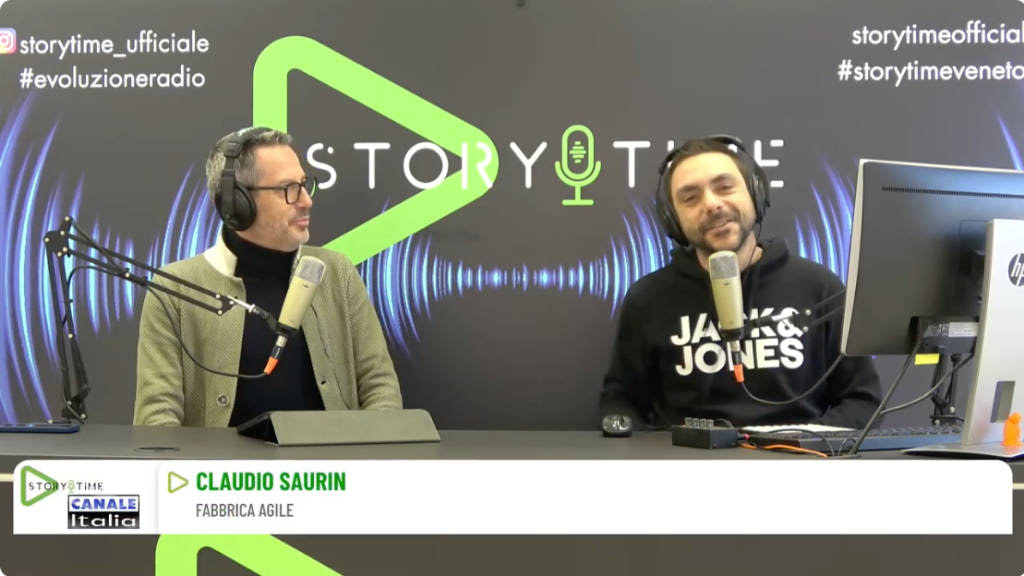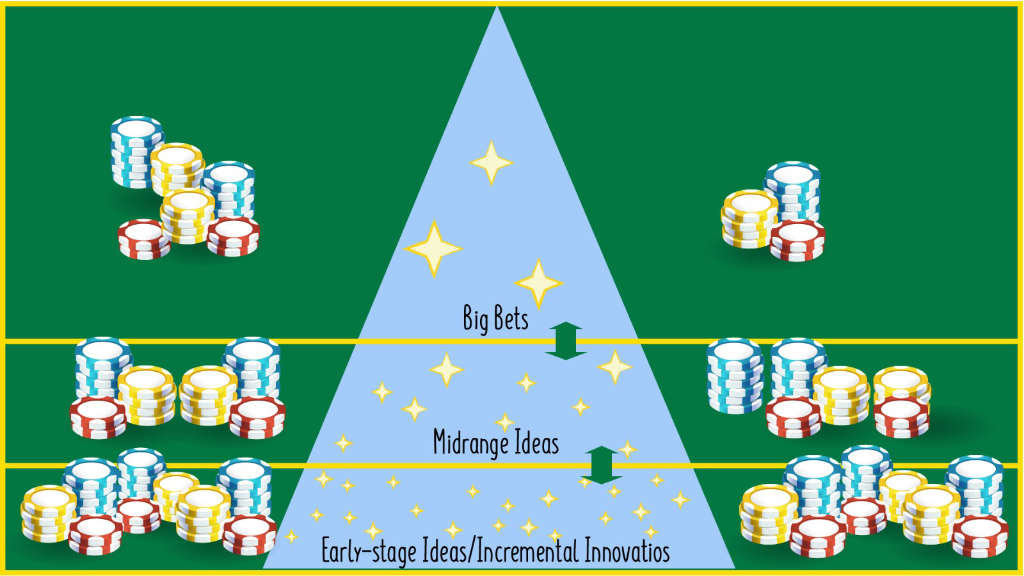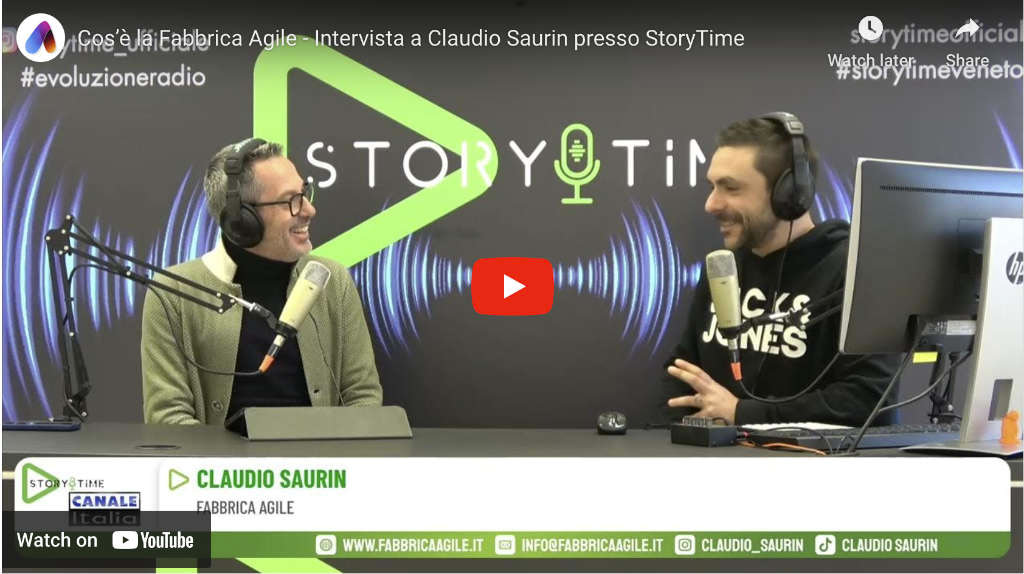As I follow several companies in Agile development of hardware products more and more I realize the critical role that executives and middle managers play in fostering the Agile transition.
For these reasons, before starting a course on agile hardware product development, I take care to make executives and middle managers aware of the significance of the Agile approach.
I then organize two experiential workshops:
- The first is devoted to the first level of company management. The goal is to make them aware of what agile transition entails and what is expected of their role
- The second targeted middle managers. These people are critical to making companies work today and are even more critical to making companies run successfully in Agile mode tomorrow. These are the people who will be able to see their work changed in important ways.
Only after an agreement between these two levels of management do I start with the agile projects that we agree on.

Business agility
I did this many times and increasingly realized that I needed to better structure this approach to agility at the management level and at the business level.
That’s why I signed up for and just completed a course on “Business Agility” led by Emanuele Moscato on behalf of Agile People.
The material that was offered to us, by the standards of this course, was a real mine of insights.
I have found many situations that are encountered during the development of Agile transition projects and many elements that insist on corporate culture.
Emanuele, with a gentle yet firm approach, guided us through this journey of self-learning and reflection guided by Emanuele himself.
I found the course, very concrete so much so that, all the exercises required for “certification” I applied them to my professional context as a consultant or to the context of some of my clients.
Many of the topics covered were already familiar to me from years of agility experience in the field. It is true, however, that the path has allowed me to connect these dots that I previously kept partly disjointed from each other.
With Emanuele and the other course participants, there were several moments of reflection on the difficulties of bringing agility into the business. I felt less lonely.
The journey is also done with fellow travelers who come from the corporate and educational worlds.
The sessions and discussions we have together are generative, and it is interesting to see how from different experiences we come to very close syntheses.
As a business executive first and a consultant later, I always found it very strange that, at Agile conferences, management was almost completely absent.
This is even more true for manufacturing industries, which, unlike software development industries, still have very few Agile champions to draw inspiration from.
The meetings seemed to focus on aspects of team functioning rather than the steps needed for agility to flourish.
I had the distinct perception that management was an obstacle more or less made explicit by the speakers, without the thought that it was essential to involve them.
Good thing there is this pathway on Business Agility.
This path is first and foremost for executives and middle managers or managers, and I would suggest to companies a path cut to their needs.
In fact, I am convinced that it could make a lot of sense to have a path dedicated to all of a company’s management team and leaders, adapting it to the company’s context and culture.
Only by combining the top down approach with upper management and middle managers with the bottom up approach of teams can a true agile transition really be brought about.





